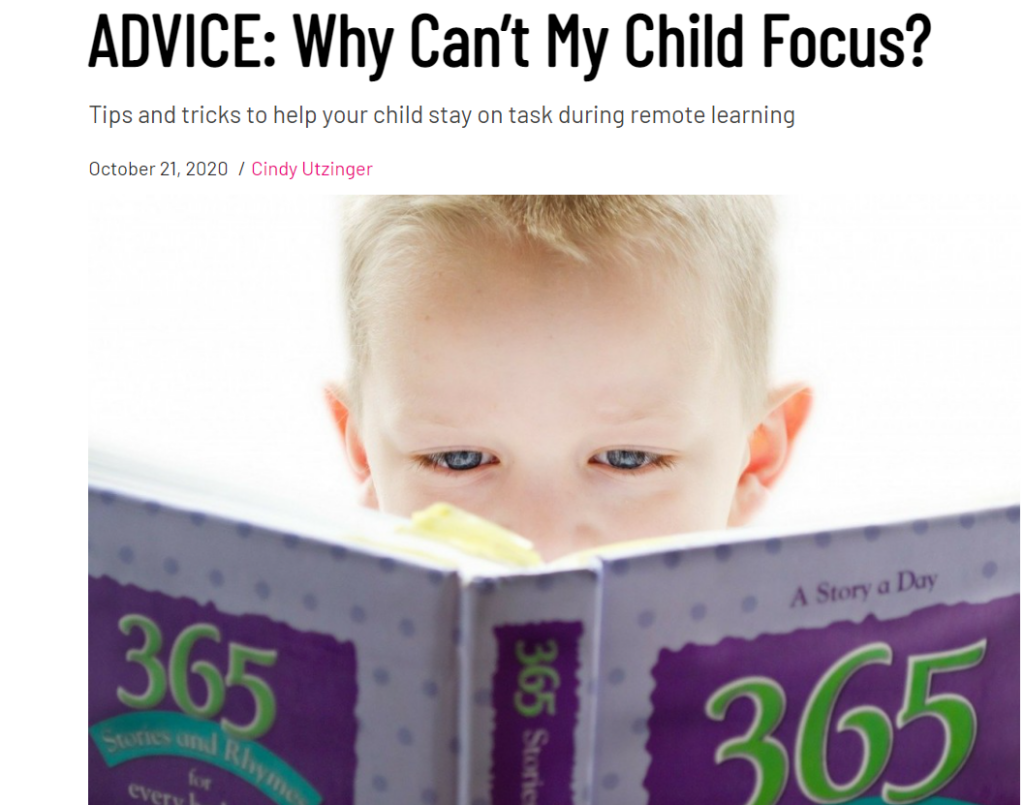“Why can’t my kid sit still?” is a question probably a majority of us parents have asked ourselves from time to time. I want to help shed some light and offer 2 solutions that make sense and may help you to have an “Aha!” moment.
It goes without saying that we could easily insert “student” for “kid” as I’m sure this is a question teachers ask on a repeat loop. You don’t have to spend much time in a classroom before you hear the phrase “Sit still.” Or “Keep your hands to yourself.” Or “Keep all four legs of the chair on the floor.”
“Why can’t my kid sit still?”
Core weakness
I know this may sound crazy as you are thinking to yourself “Have you seen my kid move? There’s no way my child is weak.”
Believe it or not, movement can be easier than stillness. The reason being that movement and stillness require a different type of muscle fibers. Stillness requires prolonged firing of slow twitch muscles over a period of time. Movement, on the other hand, uses muscle fibers that generate short bursts of strength.
Often times, kids will have strength in the muscles that fire rapidly and are needed for quick movement but do not have the strength in the muscles that need to fire over a prolonged period of time in order to provide for core strength.
When your child has a weak core, you may see signs other than just their need for constant movement. Those signs may include a hunched posture, they may fatigue easily, or you may notice they often slump at their desk or table, resting their head down or using their hand to hold up their head.
Two quick and easy tests you can do to assess for a weak core
Superman (prone extension)
Have your child lie on the floor on their stomach and simultaneously lift their head, feet (with knees straight), and hands (with elbows straight) off the mat and try to hold this position for their age appropriate norm.
|
AGE IN YEARS |
POSITION HELD |
| 4 | 18.15 seconds |
| 6 | 28.93 seconds |
| 8 | >30 seconds |
Roly Poly (prone flexion)
Have your child lie on the floor on their back. Ask them to hug their knees bringing their knees toward their chest. Next, have them lift their head off the floor bringing their nose toward their knees. The goal is to hold this position for their age appropriate norm.
|
AGE (IN YEARS) |
BOY (IN SECONDS) |
GIRL (IN SECONDS) |
| 3 | 15.5 | 15.8 |
| 4 | 17 | 20.1 |
| 5 | 27.4 | 29.5 |
| 6 | 55.4 | 52 |
If they can’t hold these positions, it demonstrates a weakness in their postural muscles and the ability to hold their body up against gravity. Use these two tests as exercises, then, trying to build up their strength by increasing their time even just by one second each day. With consistent practice, they should have no trouble meeting their age appropriate norms.
Seeking sensory input
To put thing in to layman’s terms, I like to compare our kids’ sensory system to something most of us can relate to….a coffee cup. If you are a coffee drinker you will have no problem getting this.
Sometimes, our kids’ sensory cup can be like a little bitty espresso cup. It doesn’t take much to fill it or even pour too much to the point that it is overflowing. This is overstimulation.
Other times, their coffee cup is more like a carafe. They need more and more and more to get enough. Speaking for myself, it’s like me on a Monday morning prior to coffee. I’m just not real alert or ready to focus. I NEED my coffee!
Kids can be like this too. They need more coffee (aka sensory input) to get to that place where they are ready to focus. But wait, it’s not a set it and forget it type of thing. That would be way to easy. They need frequent refills throughout the day.
What often happens is they seek their coffee out in ways and at times that we may deem inappropriate or down right annoying. They may be climbing the walls or have a case of the wiggles at school, at a restaurant, in a waiting room, at church, or at grandma’s house.
So, what do we do to make sure they get enough “coffee” in their day? We give them opportunities for movement before going to these places, a movement break if needed while at these places, and then more movement after they have had to sit still.
Not just any ole movement either. It helps when we can give them opportunities for the types of movement that are most beneficial. In other words, movement that matters…proprioceptive and vestibular input.
Proprioceptive movement ideas
- Jumping
- Crawling
- Climbing
- Running
- Push-ups
- Pushing or pulling weighted objects
- Carrying weighted objects
- Animal walks (bear crawls, crab walk, bunny hops, frog jumps, snake slithers)
- Wheelbarrow
- Hugs
- Wrestling
- Housework (vacuuming, sweeping, carrying a full laundry basket or grocery bags)
- Squeezing or kneading putty or playdough
- Chewy foods
- Drinking through a straw
- Playing tug-o-war
Vestibular movement ideas
- Spinning
- Swinging
- Sliding
- Hanging upside down
- Riding a bike or scooter
- Being pulled in a wagon
- Rolling
- Rocking
- Somersaults
- Wheelbarrow
It’s helpful to know that with many of our children, they are much more focused when they are moving than when they are still. I saw a great dramatization one time of a boy rocking back and forth in his chair saying “I’m focused. I’m focused. I’m focused.” Then you hear the teachers voice in the background commanding him to sit still. Once he has put all four legs of the chair back on the ground, he’s now repeating in his mind “I’m not focused. I’m not focused. I’m not focused.”
The times we live in make it more and more challenging for our children to get the type of movement they need which is why I feel we see more and more kids struggling to sit still. They aren’t bad or disobedient kids. They are just kids trying to tell us something and when we understand what they are trying to tell us with their actions, we are much more empowered and equipped to be able to help them.
As always, I hope this helps answer the question “Why can’t my kid sit still?” Please email me at info@cindyutzinger.com if you would like to have other “Why is my kid doing that?” questions answered.



